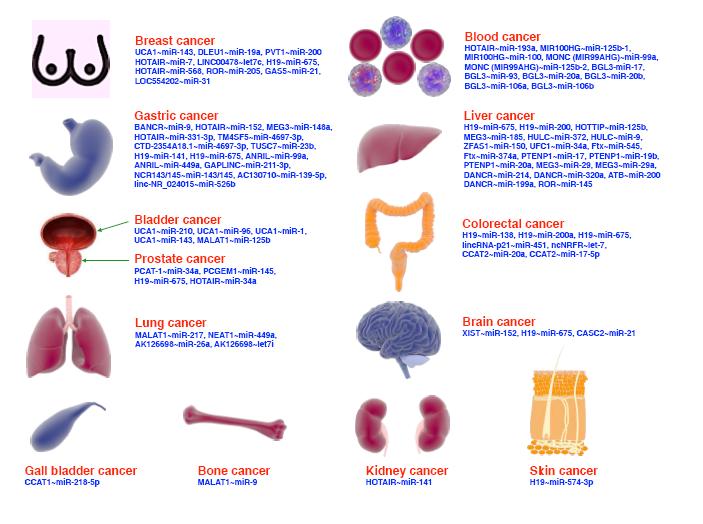Objective To investigate changes of TLR2 mRNA expression in lung of a mouse model of Chlamydia Pneumoniae pneumonitis, and to explore the possible mechanism of signal transduction. Methods Ninety-six male C3H/HeJ mice were randomly divided into four groups as follows: a control group, a model group, a SB203580 intervened group, and a pyrrolidine dithiocarbamate( PDTC) intervened group. Chlamydia Pneumoniae pneumonitis was induced by intranasally inoculated with 4. 0 ×106 IFU/mL of C. Pneumoniae per mouse in the model group and two intervened groups. Then the intervened groups were intraperitoneally injected with the p38MAPK inhibitor SB203580 and nuclear factor kappa B ( NF-κB)inhibitor PDTC, respectively. Six mice in each group were randomly killed in 1st, 4th, 7th and 14th day. The expressional changes of TLR2 mRNA in the mice lung tissue were measured by semi-quantitative RT-PCR. The concentrations of TNF-α in the lung homogenate were measured by ELISA. Results TLR2 mRNA expression in the lung tissue significantly increased after C. Pneumoniae infection, peaking at 4th and 7th days, then decreased after 14th day. Tumor necrosis factor-α( TNF-α) was also elevated in the lung tissue after C. Pneumoniae challenging. Both SB203580 and PDTC treatment effectively inhibited TNF-αand TLR2 mRNA expressions in lung. The inhibitory effect was more obvious by SB203580 treatment. Conclusion C. Pneumoniae can upregulate the expressions of TLR2 and TNF-α in lung, and TLR2/MAPK and TLR2 /NF-κB signal pathways may be involved in Chlamydia Pneumoniae pneumonitis.
Citation:
DONG Jing,SHI Yi,SONG Yong,SONG Yingjian.. Gene Expression of TLR2 in Lung and Its Potential Signal Transduction Mechanism in a Mouse Model of Chlamydia Pneumoniae Pneumonitis. Chinese Journal of Respiratory and Critical Care Medicine, 2009, 09(3): 267-270. doi:
Copy
Copyright © the editorial department of Chinese Journal of Respiratory and Critical Care Medicine of West China Medical Publisher. All rights reserved
| 1. |
Armant MA, Fenton MJ. Toll-like receptors: a family of patternrecognition receptors in mammals. Genome Biol, 2002, 3: 3011-3016.
|
| 2. |
Perera PY, Mayadas TN, Takeuchi O, et al. CD11b /CD18 acts in concert with CD14 and Toll-like receptor ( TLR ) 4 to elicit full lipopolysaccharide and taxol-inducible gene expression. J Immunol,2001, 166: 574-581.
|
| 3. |
Costa CP, Kirschning CJ, Busch D, et al. Role of chlamydial heat shock protein 60 in the stimulation of innate immune cells by Chlamydia pneumoniae. Eur J Immunol, 2002, 32: 2460-2470.
|
| 4. |
Prebeck S, Kirschning C, Dürr S, et al. Predominant role of toll-like receptor 2 versus 4 in Chlamydia pneumonoae-induced activation of dendritic cells. J Immunol, 2001, 167: 3316-3323.
|
| 5. |
Sasu S, LaVerda D, Qureshi N, et al. Chlamydia pneumoniae and chlamydial heat shock protein 60 stimulate proliferation of human vascular smooth muscle cells via toll-like receptor 4 and p44 /p42 mitogen-activated protein kinase activation. Circ Res, 2001, 89: 244-250.
|
| 6. |
Netea MG, Kullberg BJ, Galama JM, et al. Non-LPS components of Chlamydia pneumonoae stimulate cytokinr production through Tolllike receptor 2-dependent pathways. Eur J Immunol, 2002, 32: 1188-1195.
|
| 7. |
Bulut Y, Faure E, Thomas L, et al. Chlamydial heat shock protein 60 activates macrophages and endothelial cells through Toll-like receptor 4 and MD2 in a MyD88-dependent pathway. Immunol,2002, 168: 1435-1440.
|
| 8. |
董静, 施毅, 宋勇, 等. 小鼠感染肺炎衣原体后肺组织TLR2、TLR4 基因表达变化及意义. 中国抗感染化疗杂志, 2006, 6: 92-96.
|
| 9. |
Cuzzocrea S, Chatterjee PK, Mazzon E, et al. Pyrrolidine dithiocarbamate attenuates the development of acute and chronic inflammation. Br J Pharmacol, 2002, 135: 496-510.
|
| 10. |
Wissel H, Schulz C, Koehne P, et al. Chlamydophila pneumoniae induces expression of Toll-like Receptor 4 and release of TNF-αand MIP-2 via an NF-κB pathway in rat type II pneumocytes. Respir Res, 2005, 6: 51-56.
|
- 1. Armant MA, Fenton MJ. Toll-like receptors: a family of patternrecognition receptors in mammals. Genome Biol, 2002, 3: 3011-3016.
- 2. Perera PY, Mayadas TN, Takeuchi O, et al. CD11b /CD18 acts in concert with CD14 and Toll-like receptor ( TLR ) 4 to elicit full lipopolysaccharide and taxol-inducible gene expression. J Immunol,2001, 166: 574-581.
- 3. Costa CP, Kirschning CJ, Busch D, et al. Role of chlamydial heat shock protein 60 in the stimulation of innate immune cells by Chlamydia pneumoniae. Eur J Immunol, 2002, 32: 2460-2470.
- 4. Prebeck S, Kirschning C, Dürr S, et al. Predominant role of toll-like receptor 2 versus 4 in Chlamydia pneumonoae-induced activation of dendritic cells. J Immunol, 2001, 167: 3316-3323.
- 5. Sasu S, LaVerda D, Qureshi N, et al. Chlamydia pneumoniae and chlamydial heat shock protein 60 stimulate proliferation of human vascular smooth muscle cells via toll-like receptor 4 and p44 /p42 mitogen-activated protein kinase activation. Circ Res, 2001, 89: 244-250.
- 6. Netea MG, Kullberg BJ, Galama JM, et al. Non-LPS components of Chlamydia pneumonoae stimulate cytokinr production through Tolllike receptor 2-dependent pathways. Eur J Immunol, 2002, 32: 1188-1195.
- 7. Bulut Y, Faure E, Thomas L, et al. Chlamydial heat shock protein 60 activates macrophages and endothelial cells through Toll-like receptor 4 and MD2 in a MyD88-dependent pathway. Immunol,2002, 168: 1435-1440.
- 8. 董静, 施毅, 宋勇, 等. 小鼠感染肺炎衣原体后肺组织TLR2、TLR4 基因表达变化及意义. 中国抗感染化疗杂志, 2006, 6: 92-96.
- 9. Cuzzocrea S, Chatterjee PK, Mazzon E, et al. Pyrrolidine dithiocarbamate attenuates the development of acute and chronic inflammation. Br J Pharmacol, 2002, 135: 496-510.
- 10. Wissel H, Schulz C, Koehne P, et al. Chlamydophila pneumoniae induces expression of Toll-like Receptor 4 and release of TNF-αand MIP-2 via an NF-κB pathway in rat type II pneumocytes. Respir Res, 2005, 6: 51-56.
Journal type citation(3)
| 1. | 吕家益,姚庆强,朱颐申. 碳纳米管在组织工程修复中的作用与优势. 中国组织工程研究. 2023(25): 4093-4100 .  Baidu Scholar Baidu Scholar | |
| 2. | 申杰,邵国,张春阳,赵志军. 幼龄大鼠颅骨缺损及钛网修补后对其颅骨生长和智力发育的影响. 包头医学院学报. 2023(01): 28-34 .  Baidu Scholar Baidu Scholar | |
| 3. | 王孟辉,高岩,韩建国,张春阳. 硬脑膜影响颅骨发育的机制研究进展. 包头医学院学报. 2021(08): 98-102 .  Baidu Scholar Baidu Scholar | |
Other types of references(4)
| 1. | 王爽. BMP2/7异源二聚体与低剂量ATRA联合应用诱导MC3T3-E1成骨效果的研究[D]. 华北理工大学. 2021.  Baidu Scholar Baidu Scholar | |
| 2. | 李紫阁. NAR/HA/PDA/CMCS复合支架治疗大鼠胫骨大段骨缺损的实验研究[D]. 广州中医药大学. 2021.  Baidu Scholar Baidu Scholar | |
| 3. | 葛叶蔓. 金属有机骨架CAU-1的细胞毒性及诱导成骨分化的研究[D]. 华北理工大学. 2022.  Baidu Scholar Baidu Scholar | |
| 4. | 马越. 骨形态发生蛋白2/7与双糖链蛋白多糖联合诱导成骨的研究[D]. 华北理工大学. 2022.  Baidu Scholar Baidu Scholar | |





 Baidu Scholar
Baidu Scholar